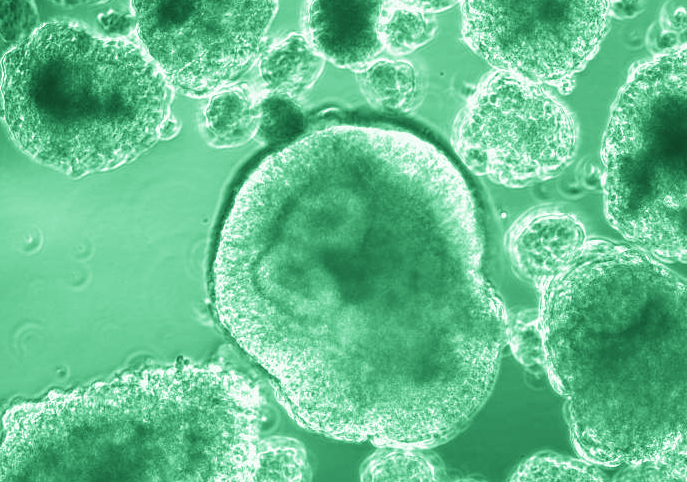By Simon Hunter
Stem cell research is rarely out of the news and today is no exception. Federal Health Minister Tanya Plibersek has announced a $6.6m research project which will focus on the treatment of Multiple Sclerosis (MS). Tanya’s announcement was spot on as today is World Multiple Sclerosis Day.
The project is an international collaboration bringing together researchers in California and Australia, which includes CSIRO and Monash University. The hope is that the three-year project will take the scientific community one step closer to developing novel treatments for MS patients.

The concept of human embryonic stem cell-based treatment is very new. Yes, there is a lot of research going on, but translating that work into medical treatment is harder than you might think.
To date, limited human safety trials have focused on the treatment of spinal cord injuries and blindness. The hope is that in time stem cell research will also prove beneficial in the treatment of diseases like MS.
One of the biggest challenges is producing the right type of cells. The last thing you want are cells that react badly or behave peculiarly in the body. This is where CSIRO comes in.
Our biomedical materials team manufactures cells in small incubators. We grow them, differentiate them and then characterise them – ensuring they are safe to use and that they do exactly ‘what it says on the tin’.
It is estimated that 400 000 Americans and 21 000 Australians live with MS so this project is pretty important. It’s going to be our job to ensure that researchers at Monash University and the University of California, Irvine, have the cells they need in sufficient quantity and purity so they can embark on preclinical studies.
Find out more about World Multiple Sclerosis Day at www.worldmsday.org.

